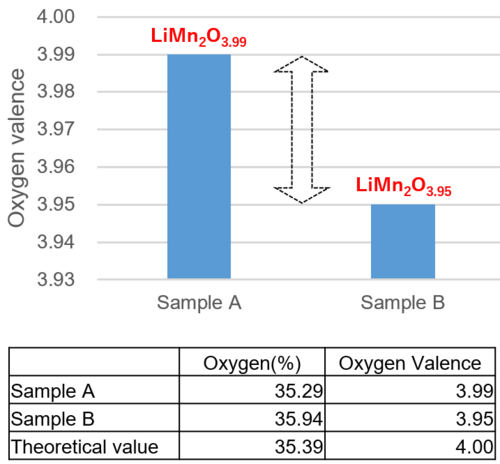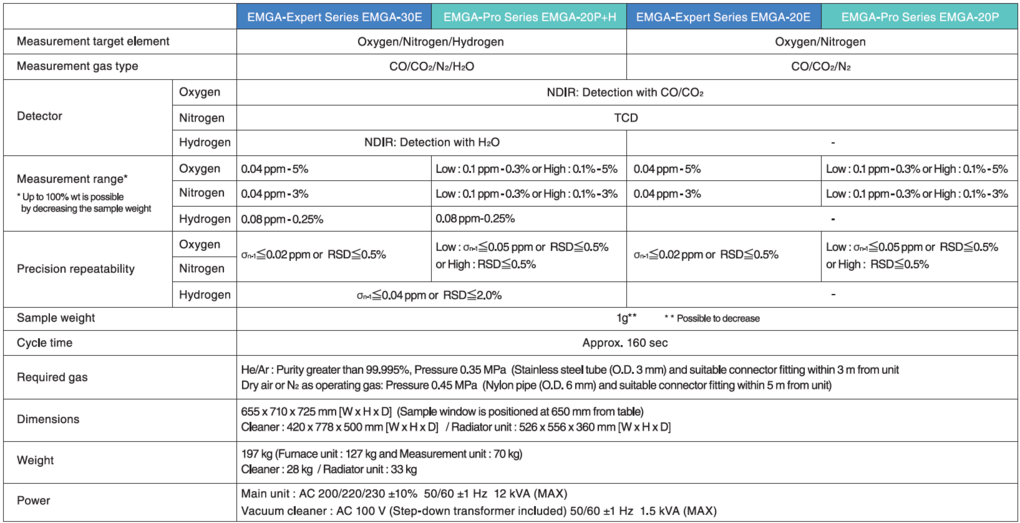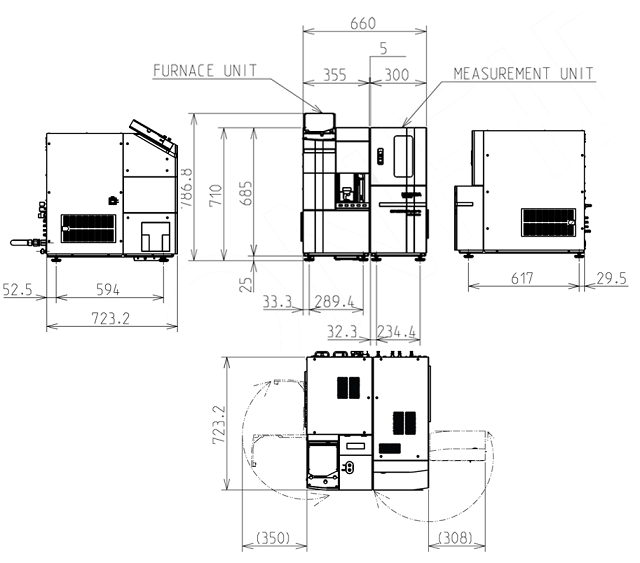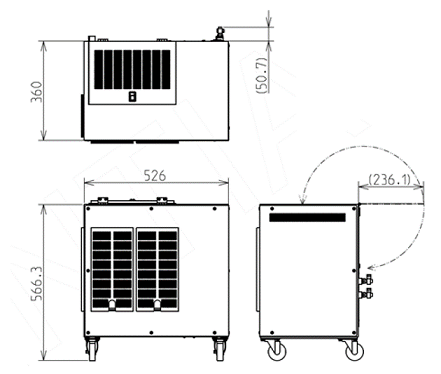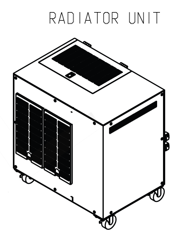The Overview of the EMGA Series
Overwhelming Speed - Achieved a 40% Reduction in Typical Analysis Time
"I need to reduce the time I have to spent on measurements. I do not want to make the post-process wait for my result."
HORIBA’ s proprietary sequence algorithm reduces the analysis cycle time compared to our conventional models, by optimizing the gas flow.* *patent applied

Highly Accurate Analyses from ppm to % across a Wide Range of Measurements
"I require my samples to be analyzed with precision, consistency, and reliability."
Proven NDIR Gas Detection Technology
The EMGA Series has NDIR gas detectors developed, designed, and manufactured by HORIBA. Based on detailed design and sophisticated production technology, these detectors are manufactured with close attention to all processes, from the polishing and assembly of components to adjustment and confirmation of stable operation. Our thorough quality control provides stable and highly reliable measurement for an extended period with the EMGA Series. In addition, we have also developed the TCD detector in-house so that these analyzers can demonstrate the best performance.

Please also refer the Measurement Principle page for the details.
Significantly Reduced Both Labor and Consumable Costs
"Less downtime, less running cost!"
Easy Replacement of Lower Electrodes* * Patent applied
With the new design for replacing the chip all you have to do is remove the lower electrode cap to replace the chip, without any special tool. This mechanism reduces the amount of time it takes to approximately 1/10.
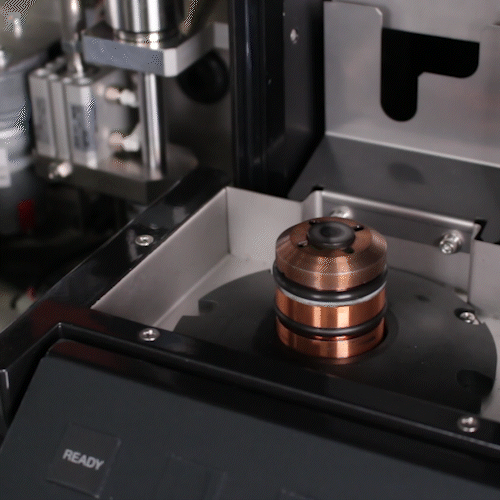
New Dust Filter* * Patent applied
With the new mechanism for replacing the dust filter you only need to replace the thin filter inside the filter holder. This has also reduced the filter replacement frequency to 1/10 (replacement required after about 500 measurement cycles).
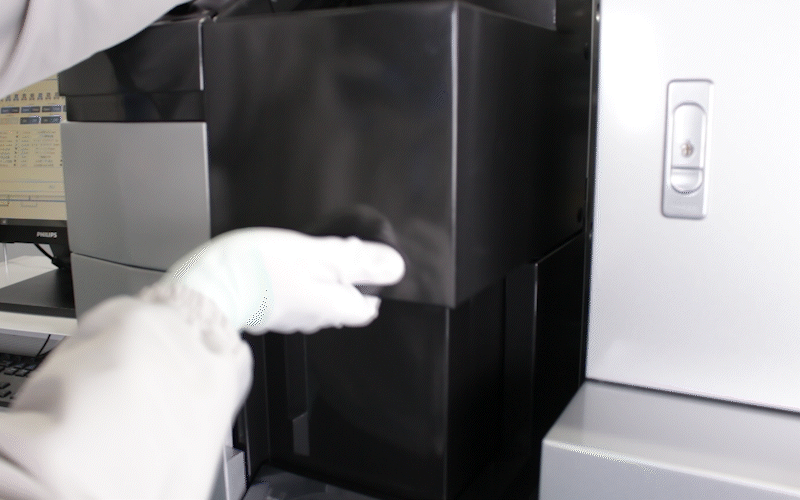
Significantly Reduced the Carrier Gas Consumption* * Patent applied
The number of measurements that can be performed with one gas cylinder has significantly increased from about 1,400 times to 2,300 times when a 47-liter cylinder is used.
Automation Options
We provide three optional automation units for streamlining your operation for the EMGA Series:
- Crucible Loader: Precise capture and positioning of crucibles by rotary mechanism. Maximum stock: 100 pcs.
- Auto Sampler: Samples and fluxes are automatically loaded (Up to 22).
- Auto Cleaner: Two rotating brushes clean the upper and lower electrodes after each measurement.
Please refer the Automation Options for the EMIA/EMGA Series Elemental Analyzers for the details.
More Intuitive Software for Easy Operation
Advanced Operation Software
The EMGA Series has its original operation software which prioritized ease of use, specifically in optimizing the layout, operating menus, and functions. Additionally, self-diagnostic monitoring was implemented to assess the connected device's status, an alarm function was integrated, and three navigators were expanded to improve daily operation.
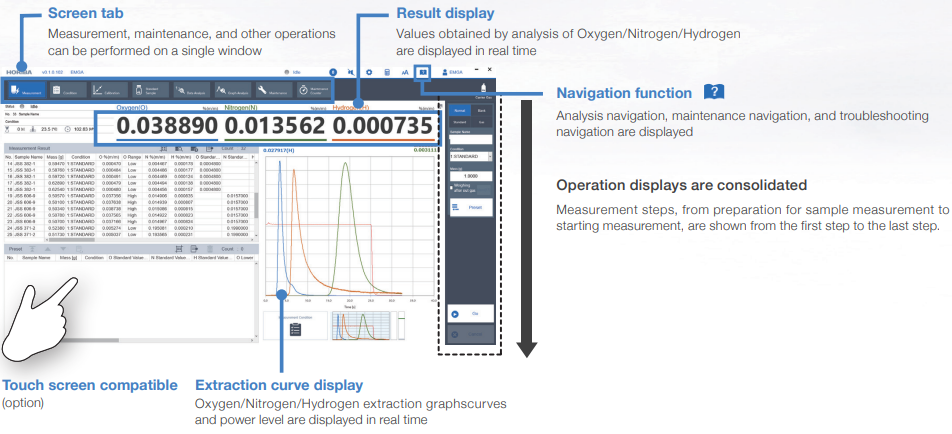
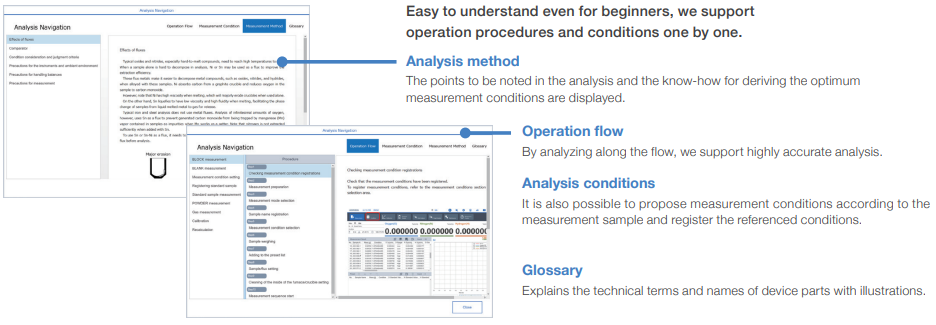
Enhanced Operator Assistance
Additionally, the software includes a self-diagnostic monitoring feature to assess the status of connected devices, an alarm function, and three navigators to recommend the most suitable conditions for samples, troubleshoot errors, and alert users to perform maintenance. These features improve daily operation and ensure efficient analysis.
*The user interface and functionalities of the software for this system are the same with those of
EMIA-Pro.
